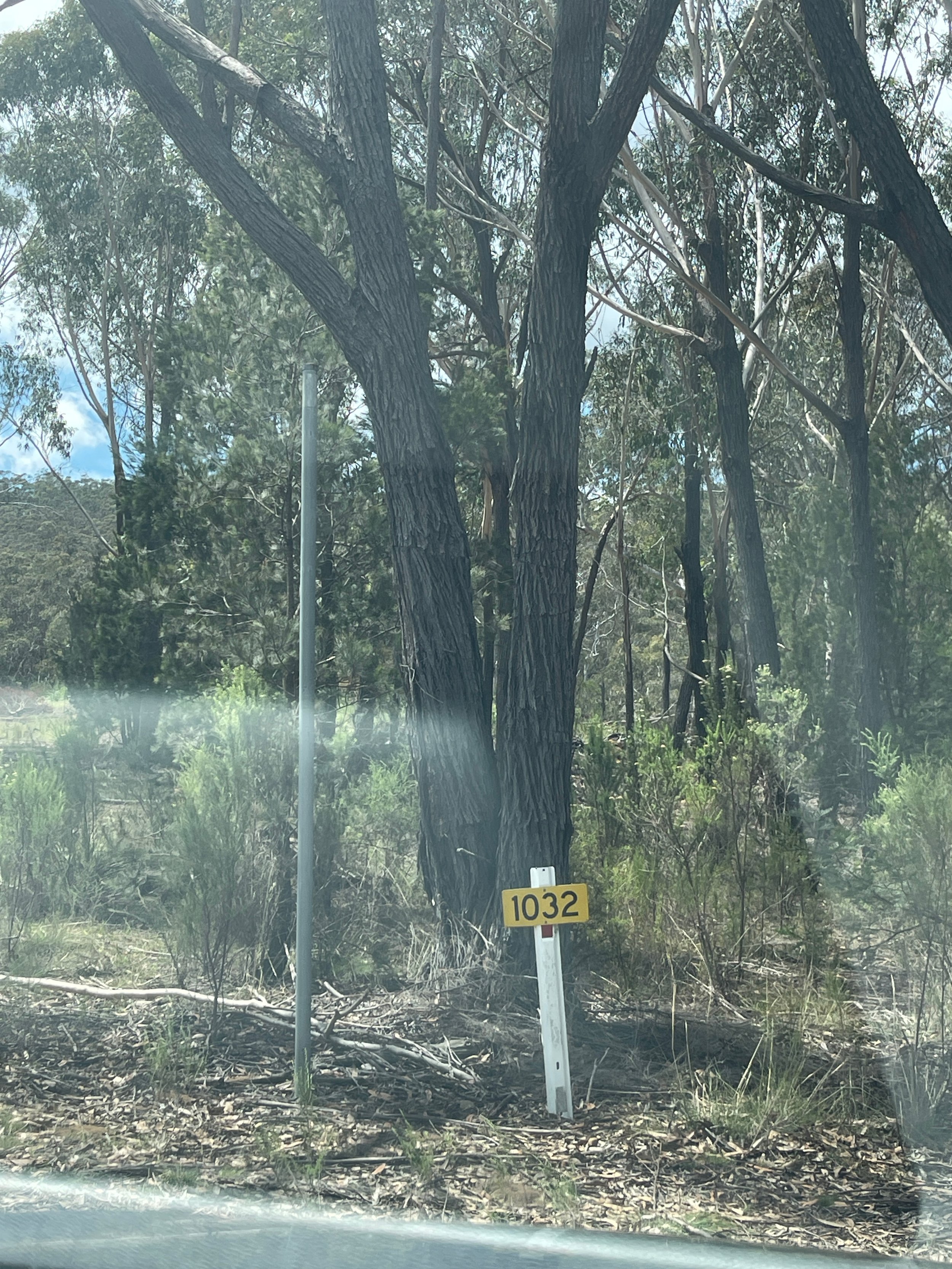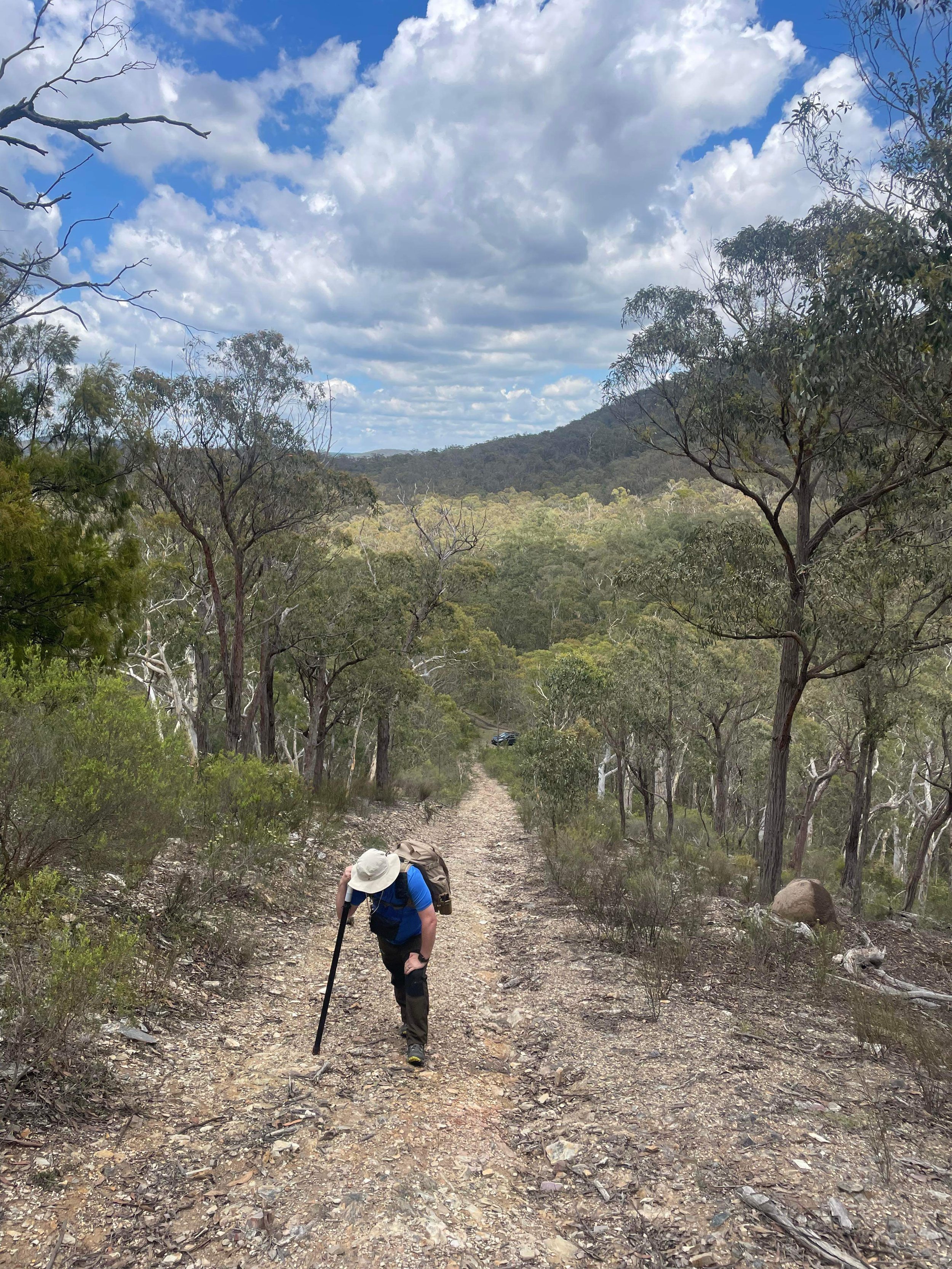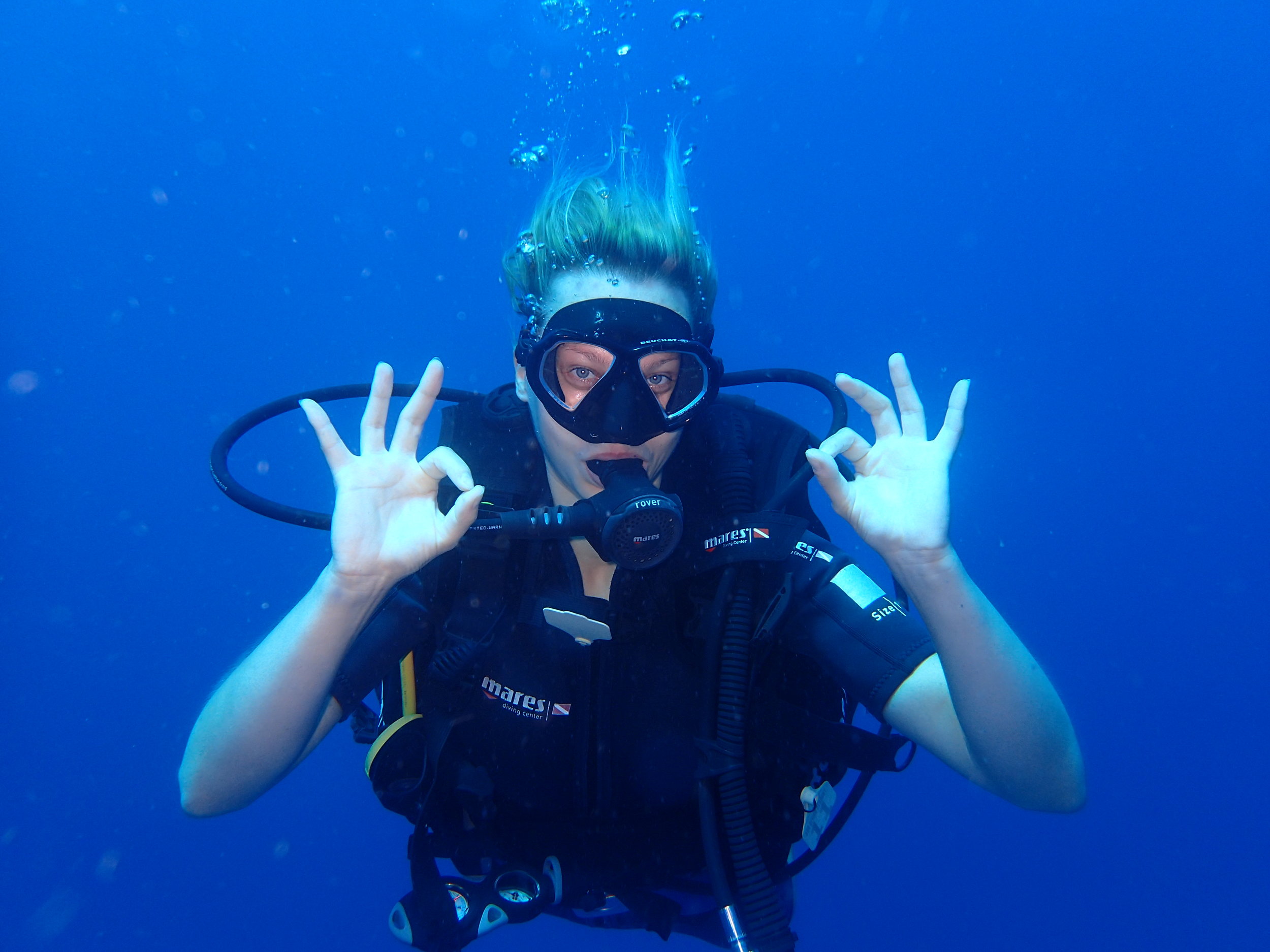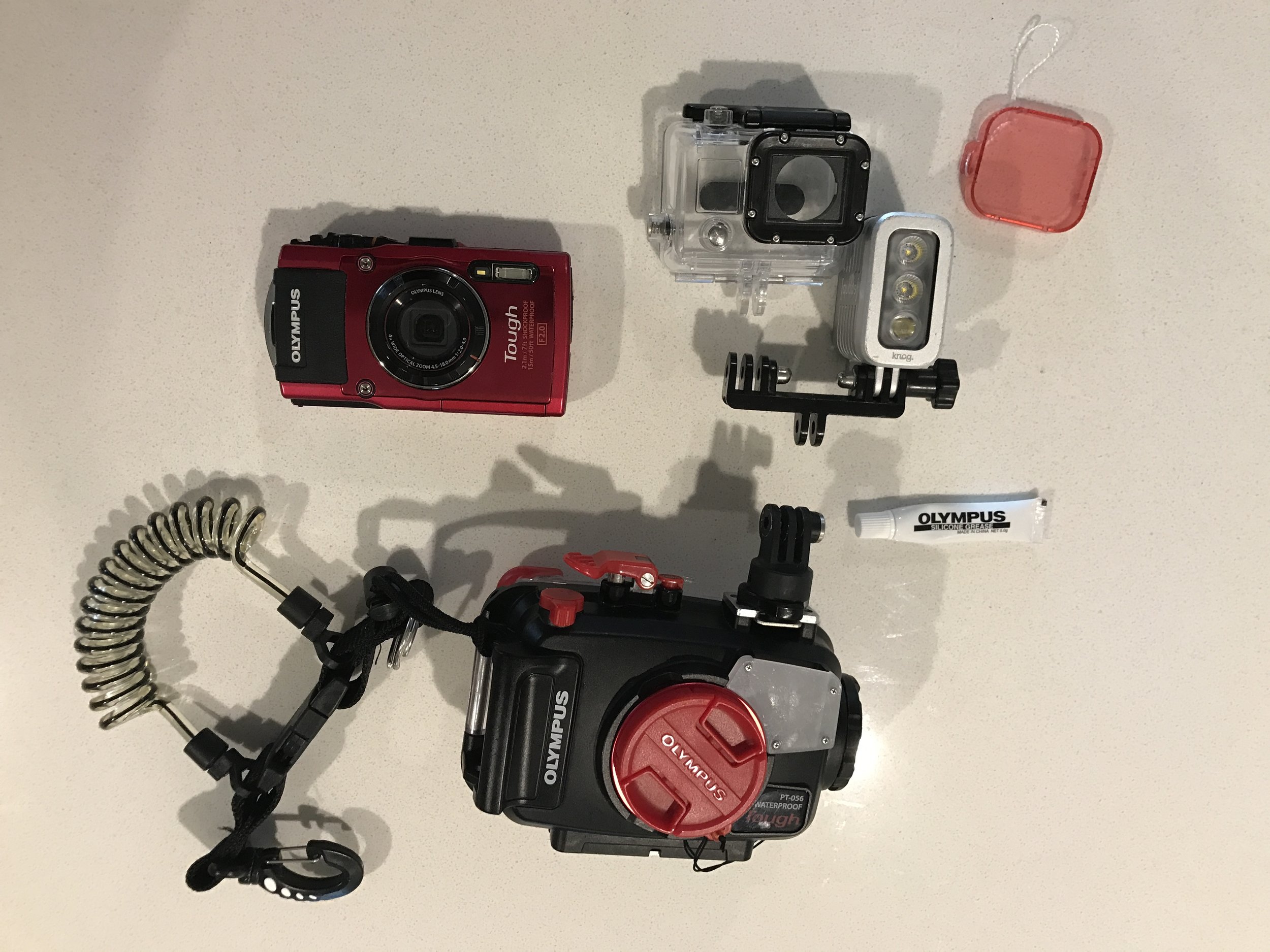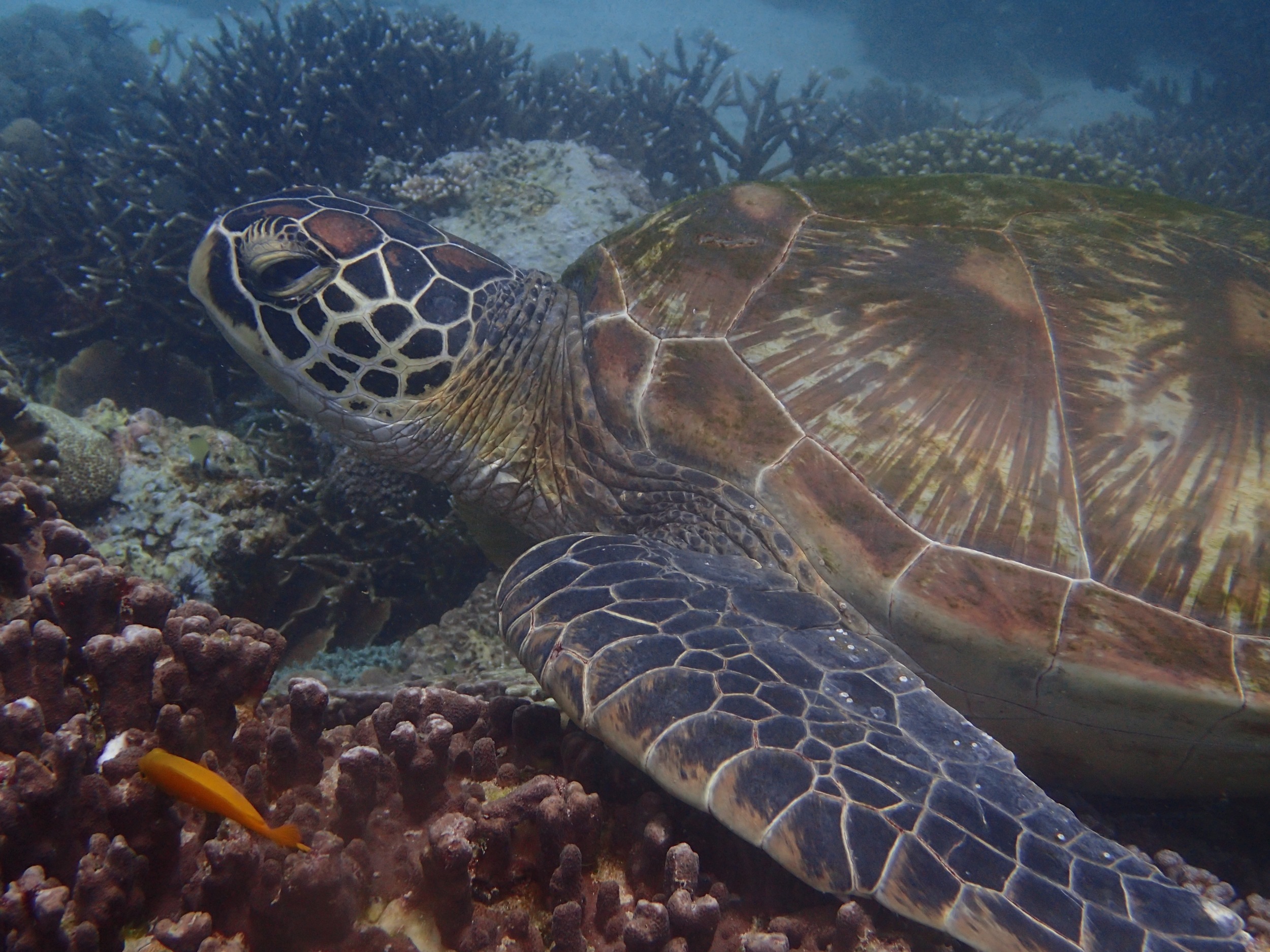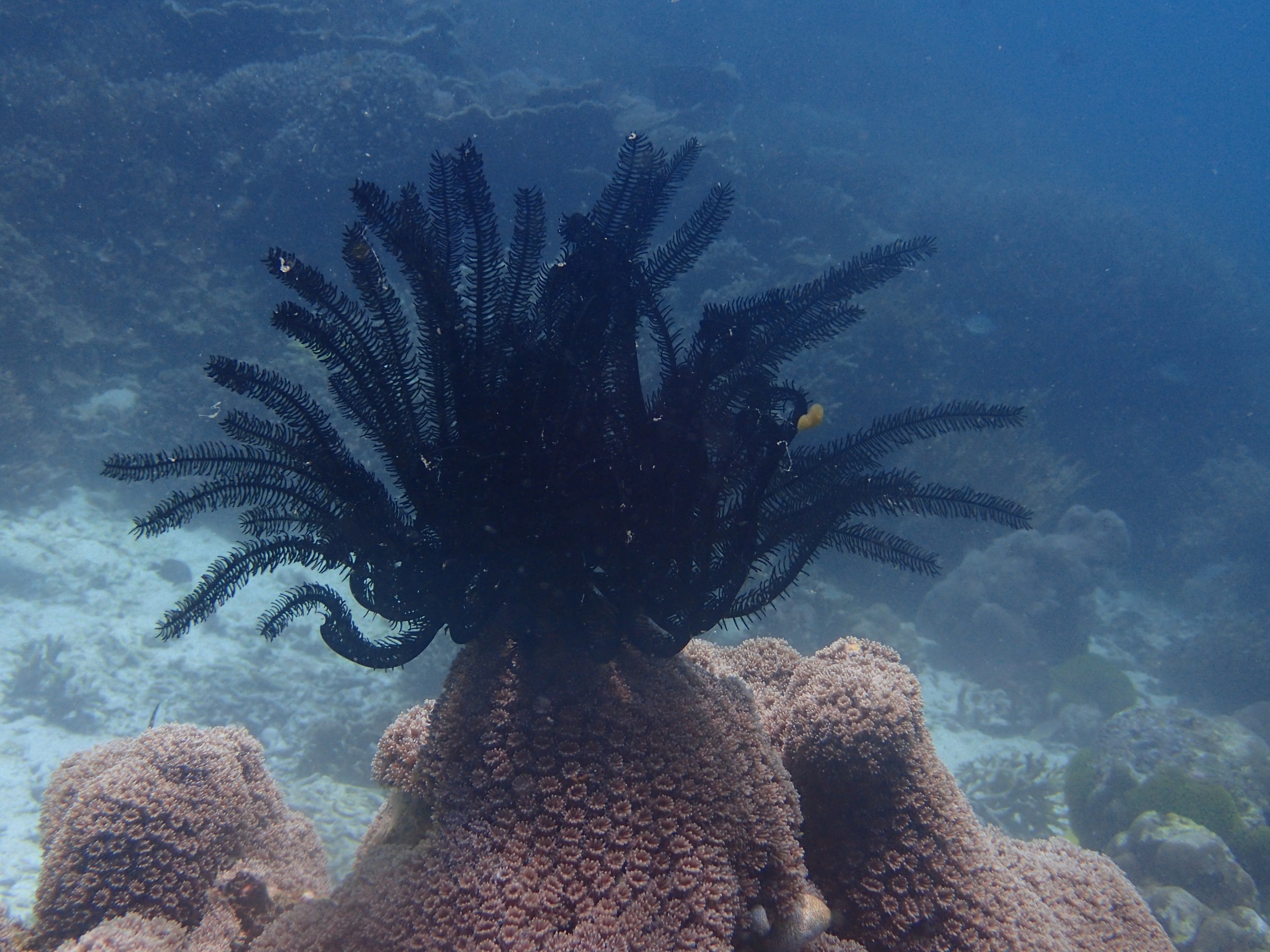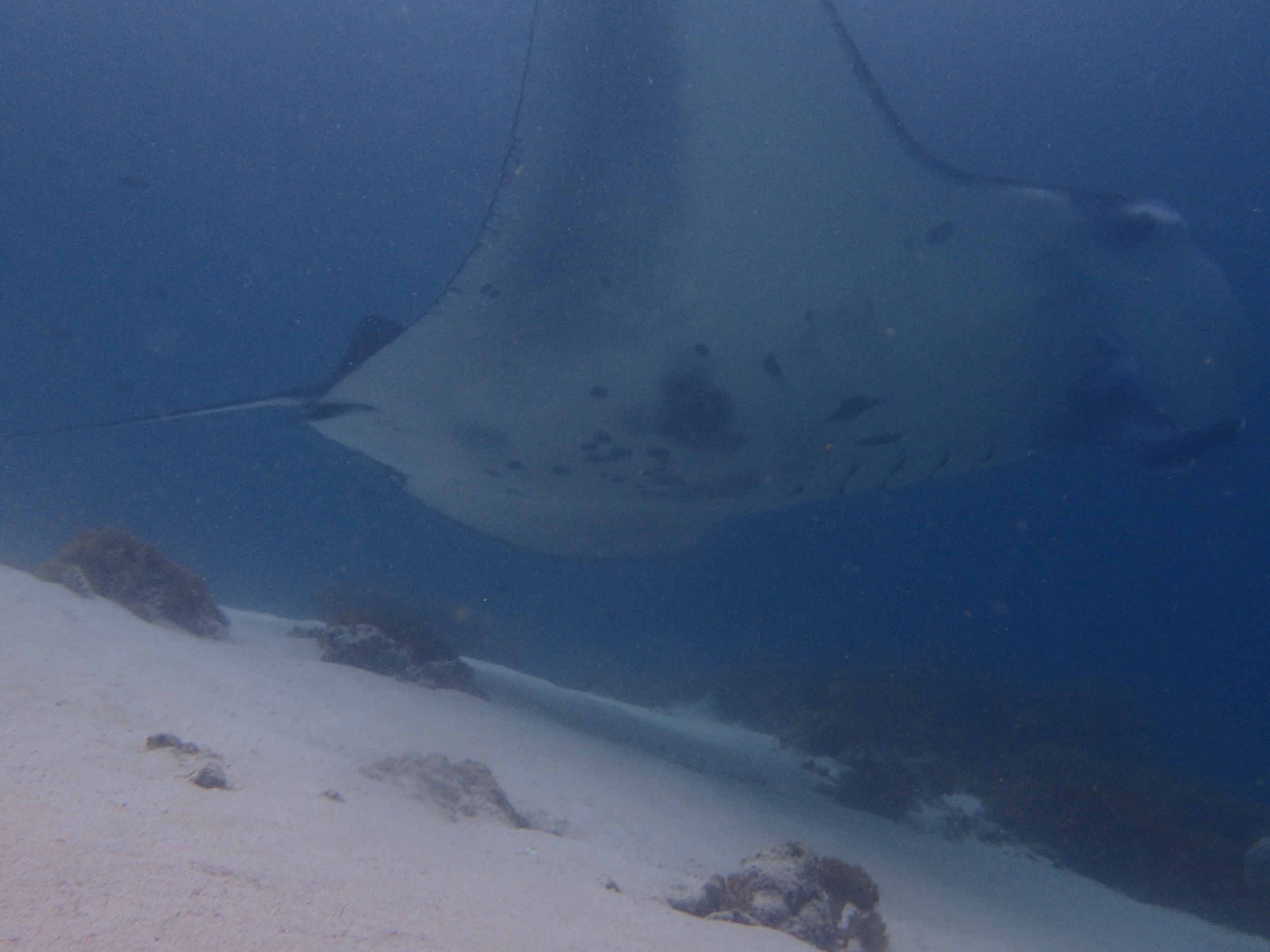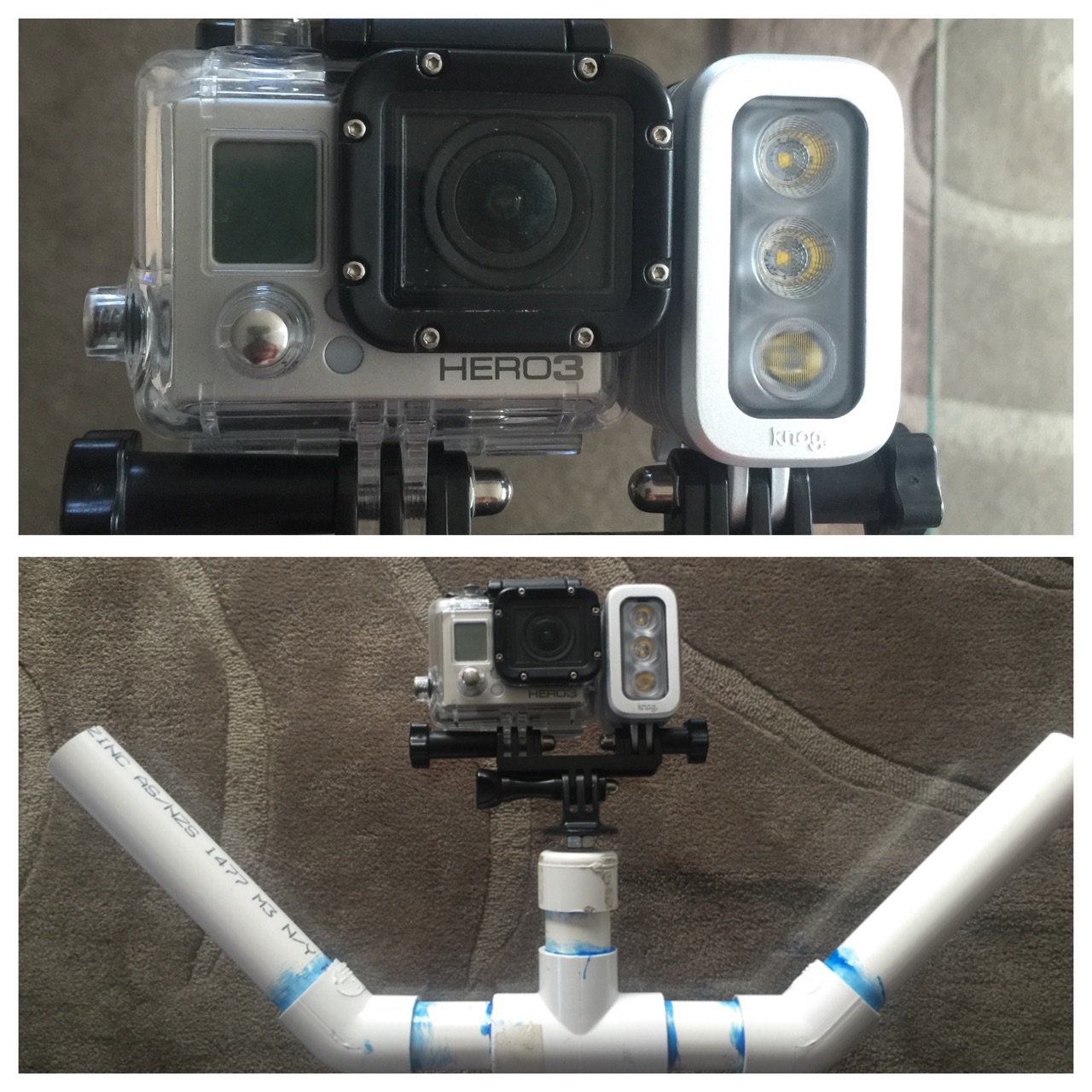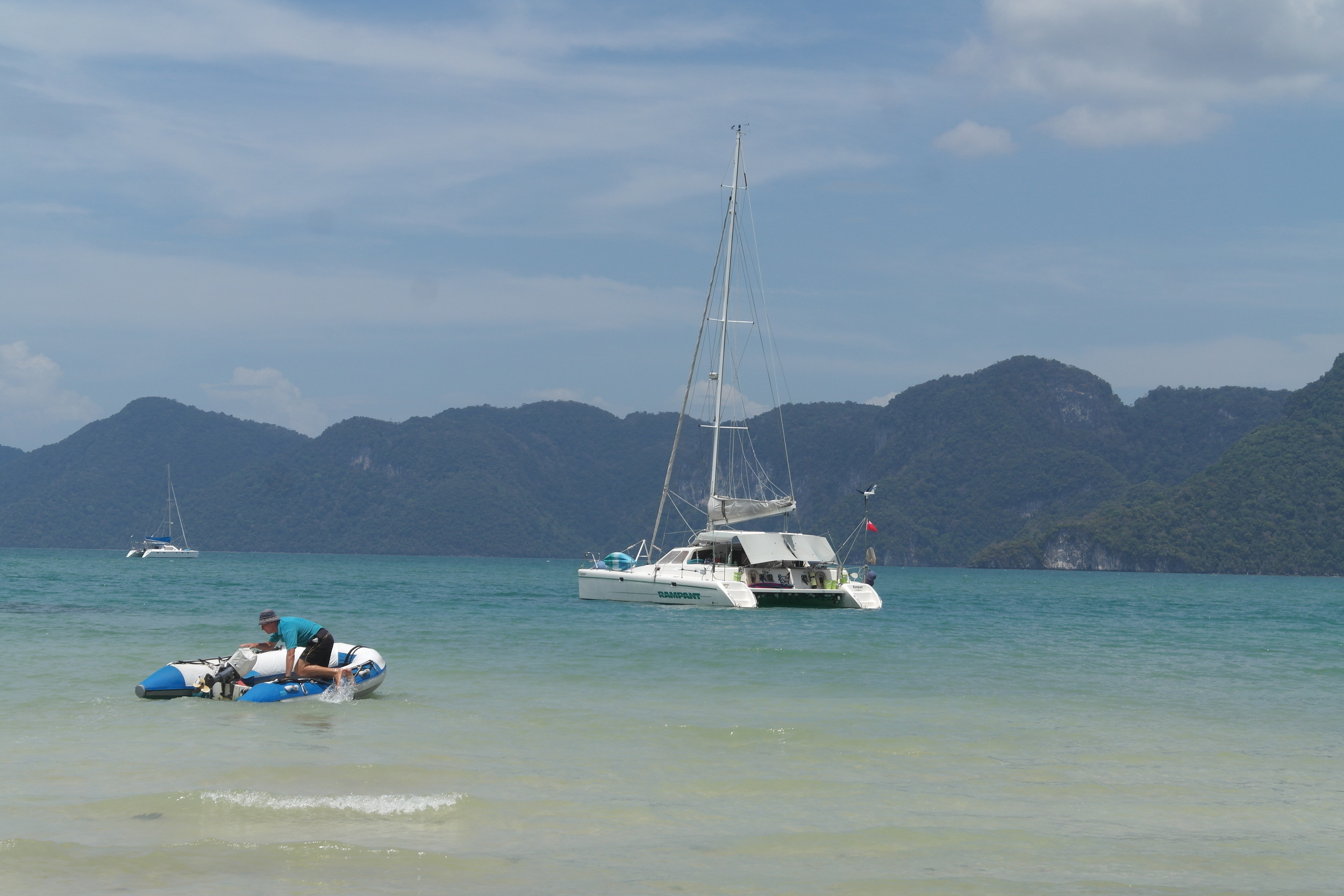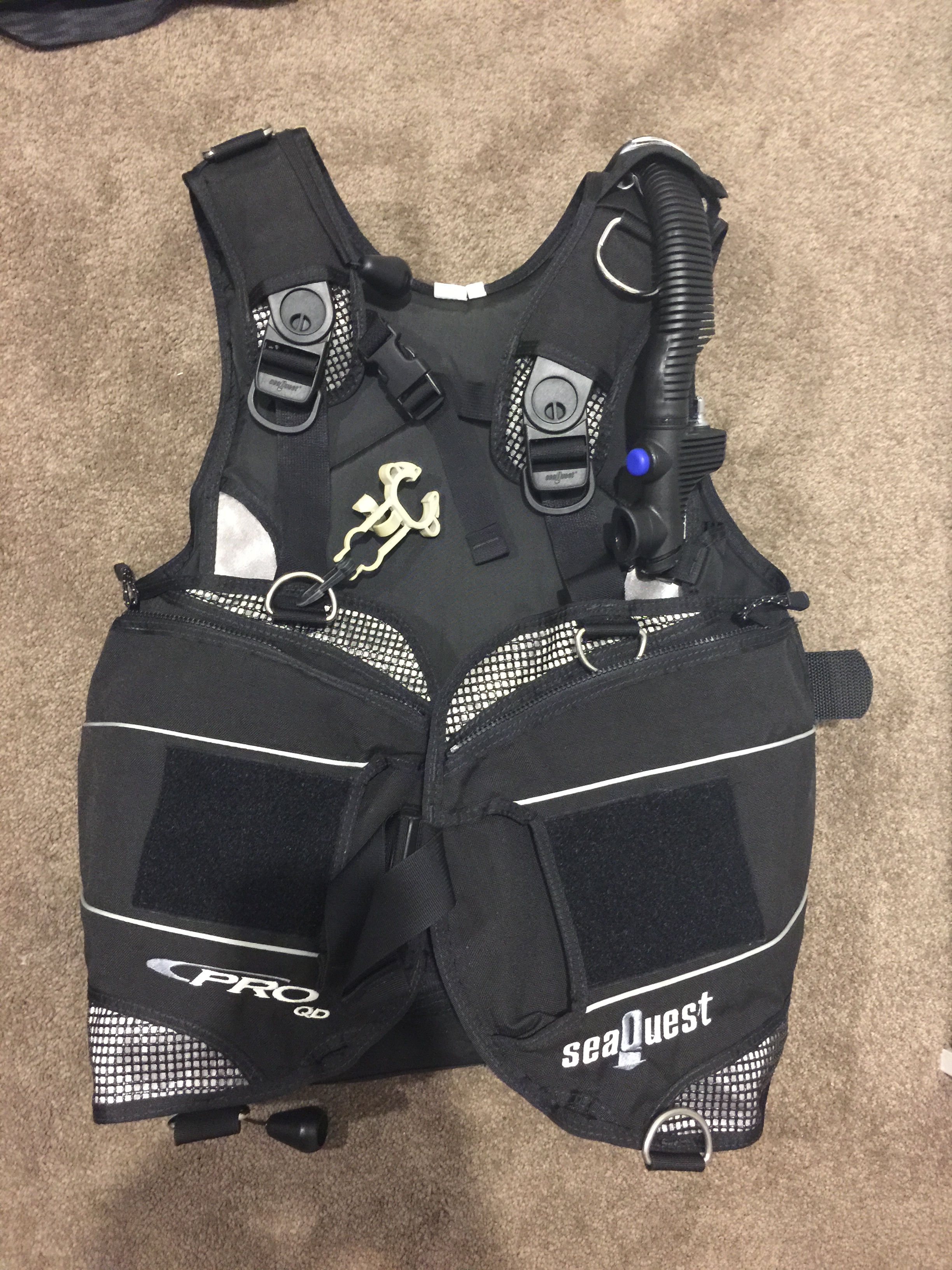Mt Marulan VK2/ST-039 - my first failed activation
/
Having not been out on summits for a little while I received a push by my good friend https://www.instagram.com/trig_ventures/ who is a frequent hiking buddy and another good friend to try and activate VK2/ST-039 Mt Marulan.
Reading blogs from VK1MCW, VK1AD and VK2IO we followed the GPXs within the files section here on groups IO.
Arriving at the G98 trail head, we noted a new sign compared to other blog images noting the gate was now PRIVATE, which without direct permission we did not want to enter. We checked the other 2 gates on the eastern side of the fence, both were also locked.
Noting some comments on some older activations from VK2IO and VK2HRX they mentioned the trail comes out near Tiyces Lane further to the south.
Heading to the very end of Tiyces Lane the former brown sign indicating the trailhead direction was missing compared to VK2IO's blog
Once arriving at the trail head a nearly 3km climb awaits you - I suggest not trying it on a 30 degree day like we did.
Arriving at the trig was a feat that was celebrated by Trig_Vetures
Sadly HF conditions were a complete blow out - not a single call in response to my CQs on 40 or 20m.
I could hear faint murmers of VKFF parks activators on 7.144 but not actual words. VK1AD reported he could not hear me and I could not hear him on the usual workhorse band of 40m. Mt Marulan has become my first failed activation. With that steep climb I doubt I will be returning in a hurry either!
A refreshing ginger beer was had at the Hiberian Hotel in Goulburn and a safe return in the early evening was a welcome finish. VK1AD advised the MUF for that time as 4MHZ



